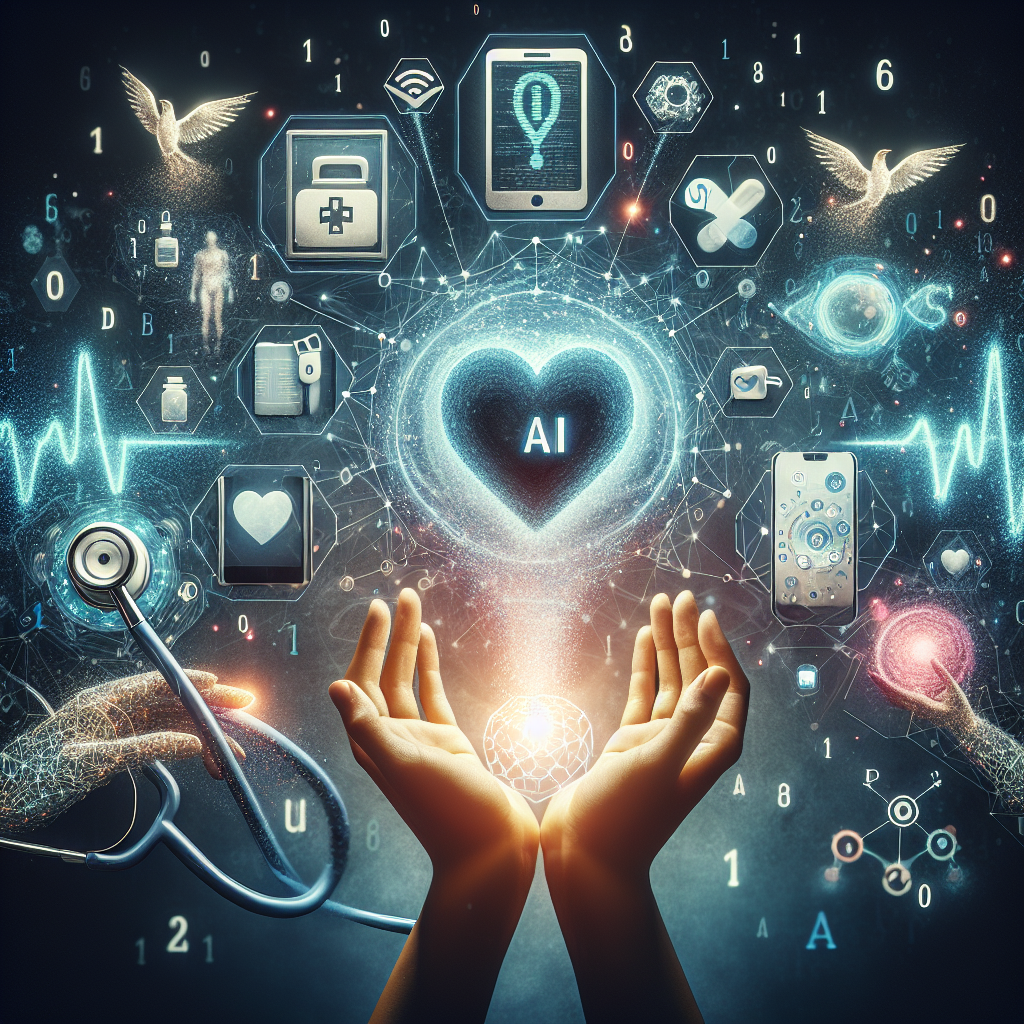In recent years, the healthcare industry has been undergoing a transformation, with the rise of digital health technologies playing a significant role in improving patient care and accessibility. One of the key areas where these technologies are making a big impact is in telemedicine, which allows patients to receive medical consultations and treatment remotely, using video conferencing and other digital tools.
One of the most promising technologies driving this transformation is artificial intelligence (AI). AI-driven solutions are being used to enhance telemedicine services, making it easier for patients to access healthcare services, regardless of their location or physical limitations. By leveraging AI, healthcare providers can offer more personalized and efficient care, leading to better patient outcomes and increased access to healthcare services.
How AI is Enhancing Telemedicine
AI is being used in telemedicine in a variety of ways, from automating administrative tasks to providing virtual consultations and diagnosis. Here are some of the key ways in which AI is enhancing telemedicine:
1. Virtual Health Assistants: AI-powered virtual health assistants are being used to provide patients with personalized care and support. These virtual assistants can help patients schedule appointments, provide information about their condition, and offer guidance on treatment options. By using AI, these virtual assistants can provide more efficient and accurate care, while also reducing the burden on healthcare providers.
2. Remote Monitoring: AI is also being used to monitor patients remotely, allowing healthcare providers to track their progress and make adjustments to their care plan as needed. For example, AI-powered devices can monitor a patient’s vital signs, alerting healthcare providers to any changes that may require immediate attention. This can help to prevent complications and improve patient outcomes.
3. Diagnostic Tools: AI is being used to develop diagnostic tools that can analyze medical images, such as X-rays and MRIs, to help healthcare providers make more accurate diagnoses. These tools can help to speed up the diagnostic process, allowing patients to receive treatment sooner and reducing the need for in-person consultations.
4. Teleconsultation: AI-powered teleconsultation platforms are making it easier for patients to connect with healthcare providers remotely. These platforms use AI to match patients with the most appropriate provider based on their symptoms and medical history, allowing them to receive timely and personalized care without having to travel to a physical clinic.
Benefits of AI-Driven Telemedicine
The use of AI-driven solutions in telemedicine offers a number of benefits for both patients and healthcare providers. Some of the key benefits include:
1. Improved Access to Care: AI-driven telemedicine solutions make it easier for patients to access healthcare services, regardless of their location or physical limitations. This can help to bridge the gap between patients and providers, particularly in rural or underserved areas where access to healthcare services may be limited.
2. Personalized Care: AI-powered solutions can provide patients with more personalized care, tailored to their individual needs and preferences. This can lead to better patient outcomes and a higher level of satisfaction with their care.
3. Increased Efficiency: By automating administrative tasks and streamlining the consultation process, AI-driven telemedicine solutions can help to improve the efficiency of healthcare delivery. This can help to reduce wait times for patients and free up healthcare providers to focus on providing high-quality care.
4. Cost-Effective: AI-driven telemedicine solutions can help to reduce healthcare costs by minimizing the need for in-person consultations and streamlining the care delivery process. This can make healthcare services more affordable and accessible to a wider range of patients.
Frequently Asked Questions about AI-Driven Telemedicine
Q: Is telemedicine secure and private?
A: Yes, telemedicine platforms that use AI-driven solutions are designed to be secure and protect patient privacy. These platforms use encryption and other security measures to ensure that patient data is protected and confidential.
Q: Can AI diagnose medical conditions accurately?
A: While AI can help healthcare providers make more accurate diagnoses by analyzing medical images and other data, it is not a replacement for a human doctor. AI can assist healthcare providers in making diagnostic decisions, but the final diagnosis should always be made by a trained medical professional.
Q: How do patients access telemedicine services?
A: Patients can access telemedicine services through a variety of platforms, including mobile apps, websites, and video conferencing tools. Many healthcare providers offer telemedicine services as part of their regular practice, allowing patients to schedule virtual consultations and receive care remotely.
Q: Are AI-driven telemedicine services covered by insurance?
A: In many cases, AI-driven telemedicine services are covered by insurance, just like traditional in-person consultations. However, coverage may vary depending on the patient’s insurance plan and the specific services being provided. Patients should check with their insurance provider to determine if telemedicine services are covered.
Q: How can healthcare providers implement AI-driven telemedicine solutions?
A: Healthcare providers can implement AI-driven telemedicine solutions by partnering with technology companies that specialize in digital health and telemedicine. These companies can help providers integrate AI-powered tools into their existing systems and workflows, making it easier to offer telemedicine services to their patients.
In conclusion, AI-driven solutions are playing a key role in enhancing healthcare accessibility through telemedicine. By leveraging AI, healthcare providers can offer more personalized and efficient care, improving patient outcomes and increasing access to healthcare services for patients around the world. As technology continues to evolve, the possibilities for AI-driven telemedicine solutions are endless, offering new opportunities to revolutionize the way healthcare is delivered.

